9 Days 8 Nights
Daily Tour
3 people
___
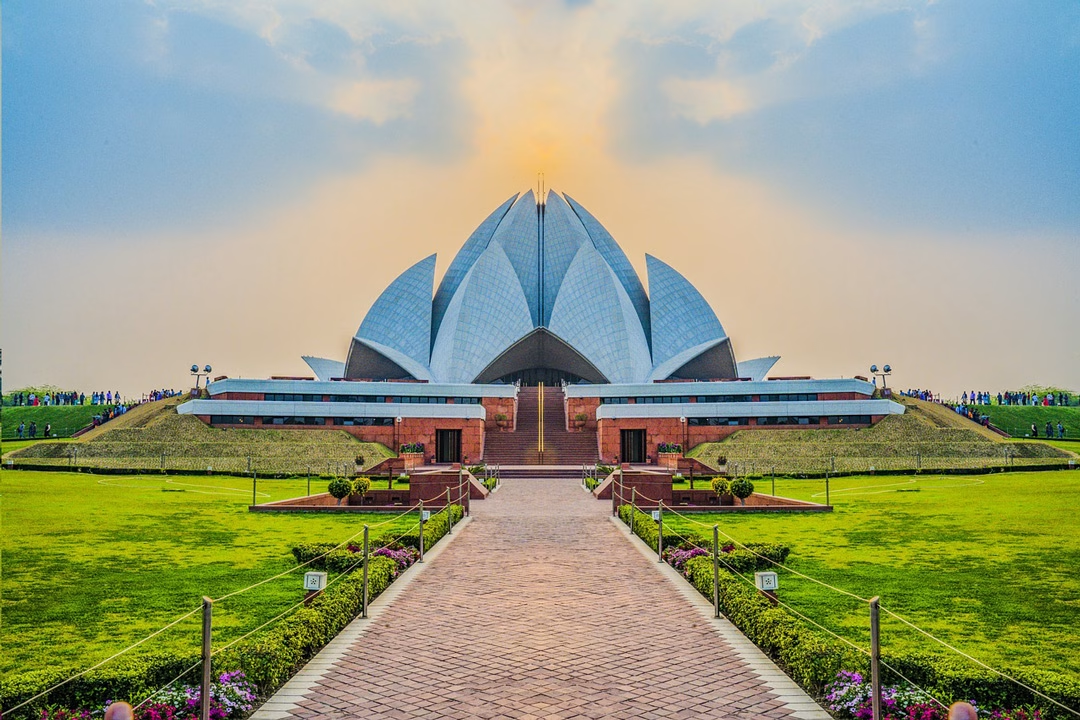
Dist: 342 km | Time: 06 to 10 hr | Altitude: 300 m to 2276 m You will drive to Shimla by cab or Volvo Bus late at Night. The trip typically lasts 6 to 7 hours, and you will cross Chandigarh and Solan. You will reach Shimla early the following day. Meals: Nil Night: Journey by bus or cab
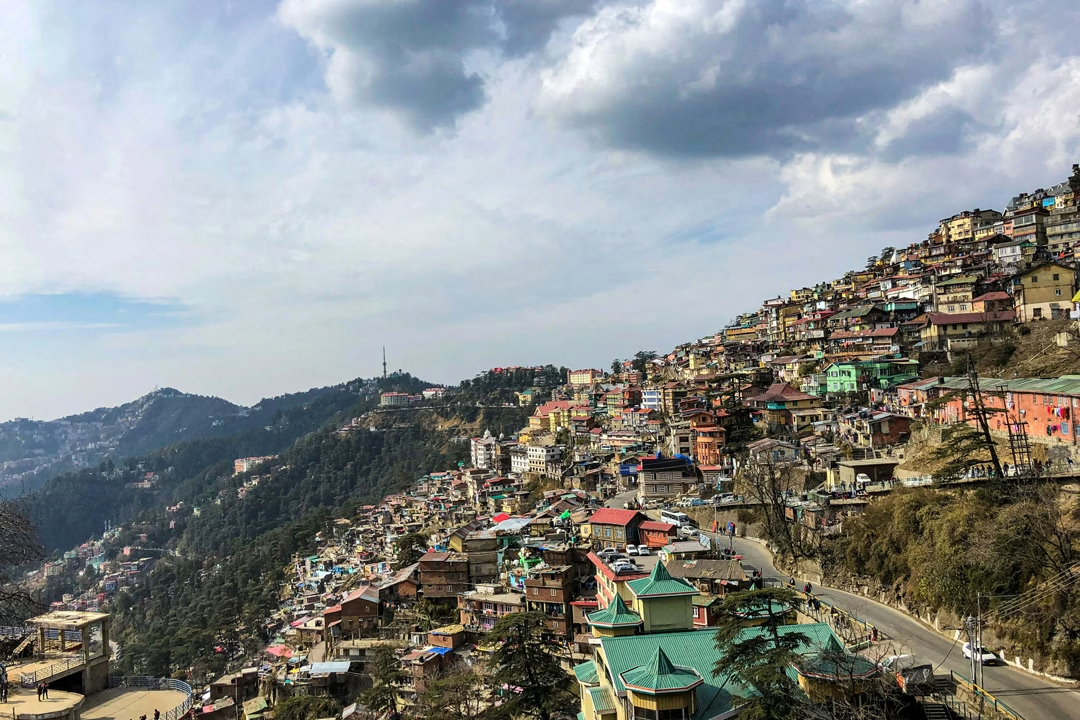
Check-In: 11:00 am | Sightseeing Time: 2:00 pm to 6:00 pm After reaching Shimla, you will check into the hotel. You may have to wait in the lobby until your check-in time during the season. After freshening up, you will visit local places like Jakhu Temple, Mall Road, The Ridge, Christ Church, and Scandal Point. Meals: Dinner Night: Stay at the Hotel in Shimla
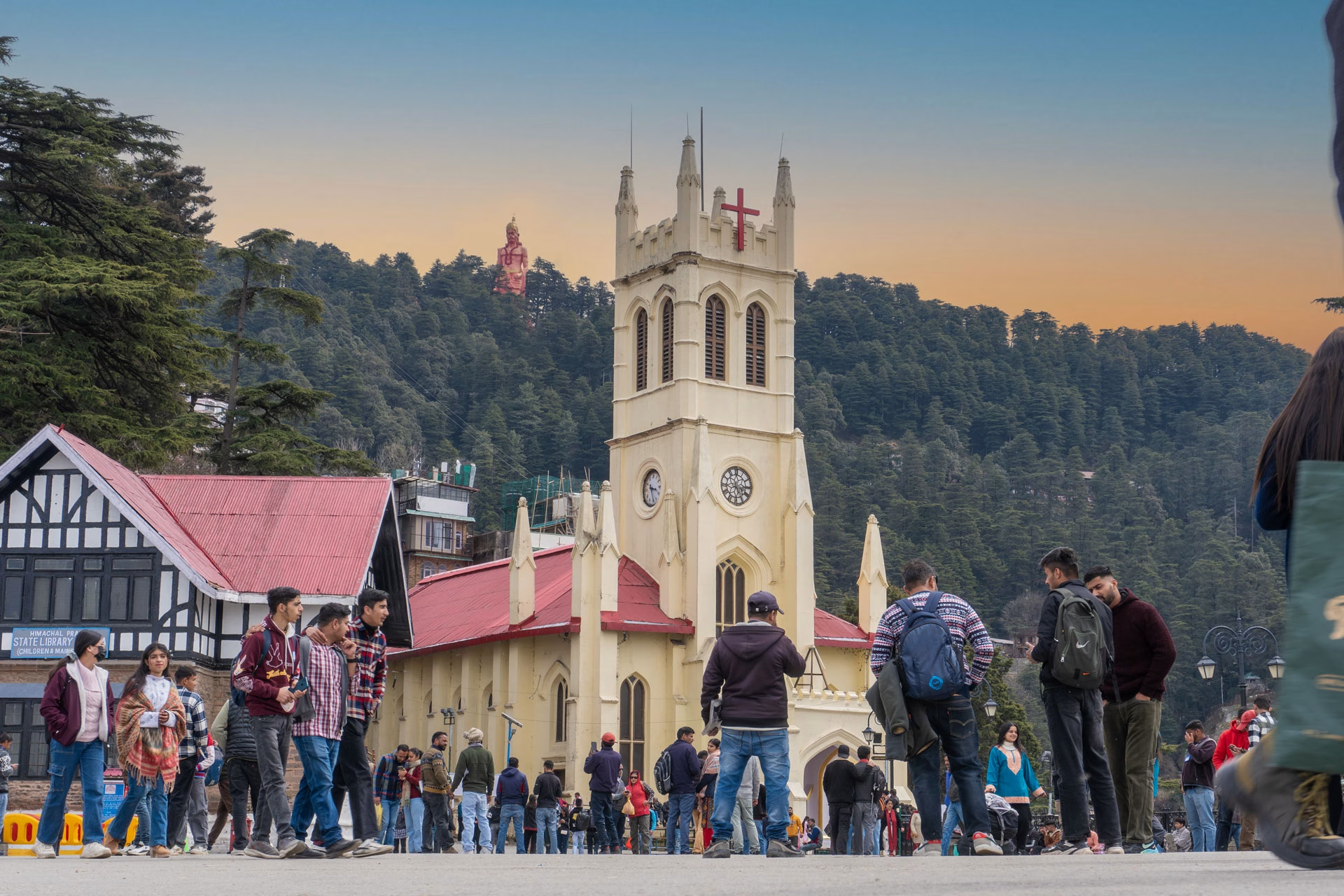
Sightseeing Time: 10:00 am to 6:00 pm After breakfast today, you'll head to Kufri to enjoy skiing (in winter) and horse riding. Please note that adventure activities are not included in the package cost. In the evening, you can explore the Indian Institute of Advanced Studies, Viceregal Lodge, and Botanical Gardens. Meals: Breakfast, Dinner Night: Stay at the Hotel in Shimla
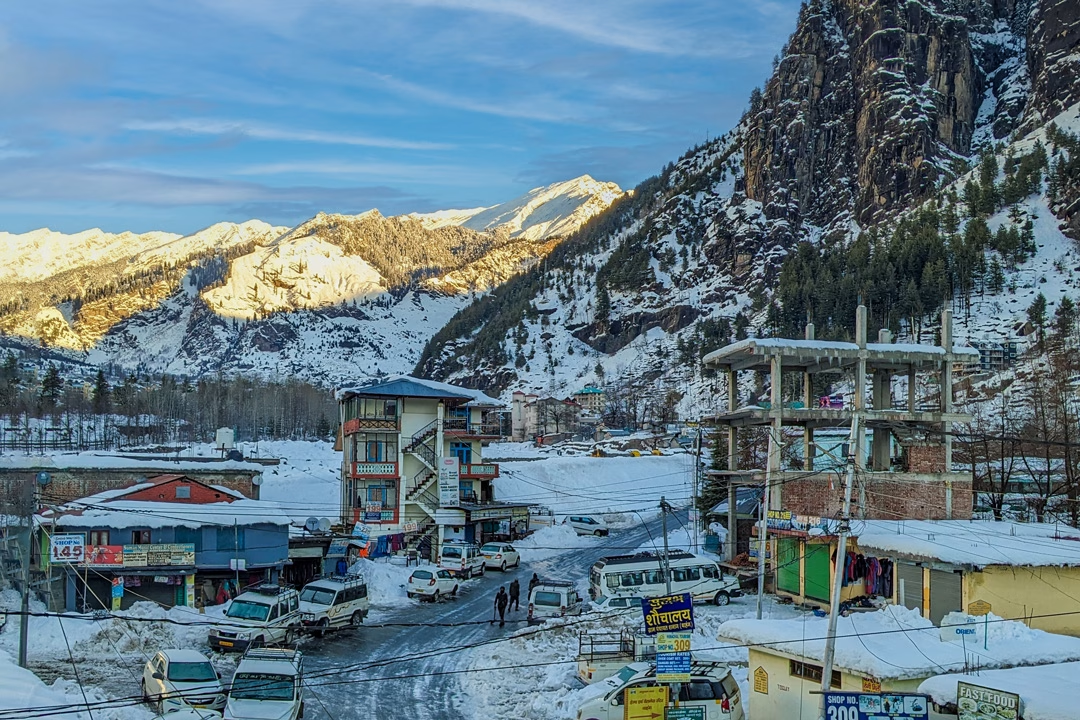
Dist: 248 km | Time: 08 to 10 hr | Altitude: 2276 m to 2050 m After enjoying your morning tea and breakfast, you’ll check out and begin your journey towards Manali. Upon arrival, check into your hotel and get ready to explore the charm and beauty of this vibrant hill town. Meals: Breakfast and Dinner Night: Stay at the Hotel in Manali
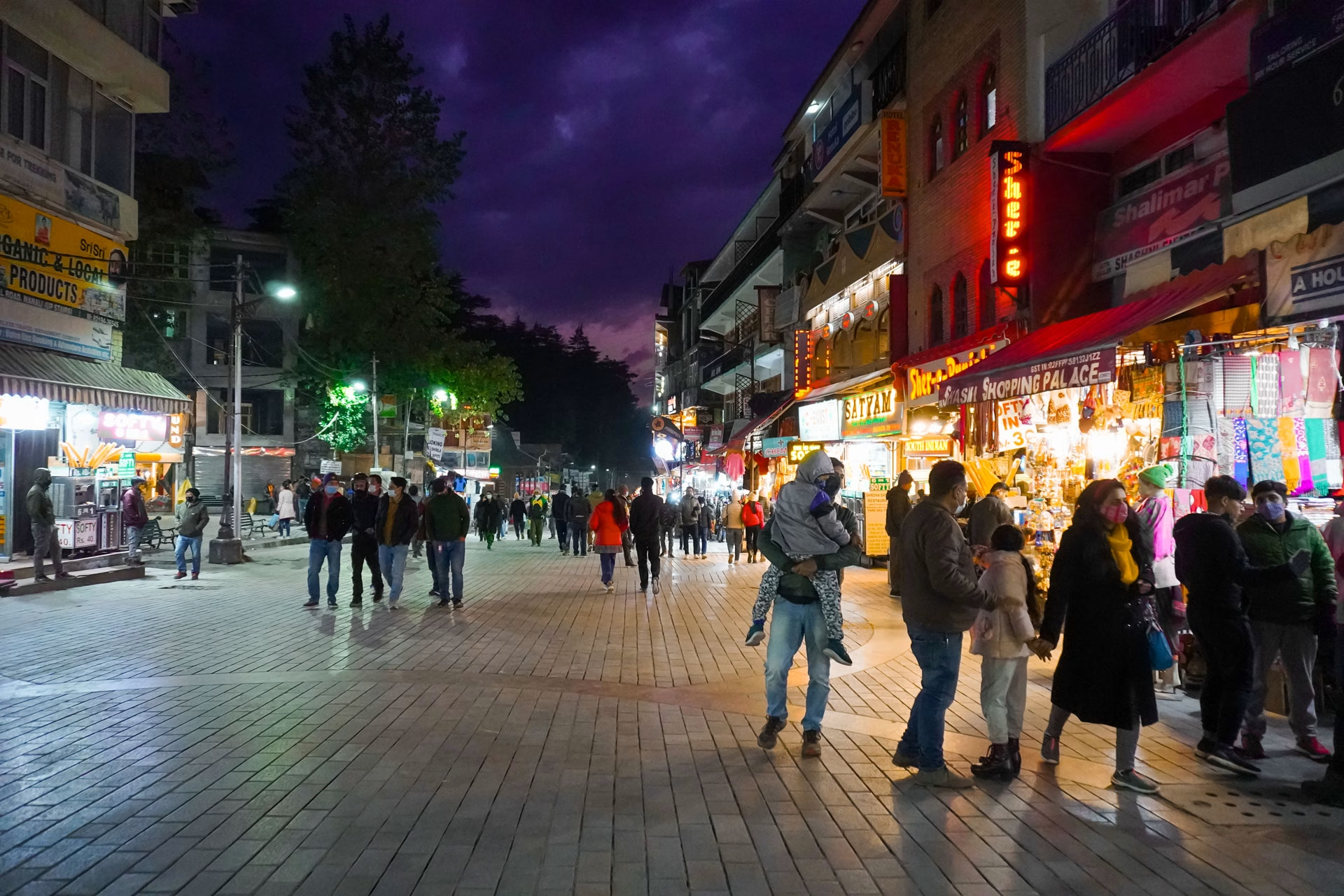
Sightseeing Time: 2:00 pm to 6:00 pm Today, after having your breakfast, the cab will drive you to popular spots such as Mall Road, Hadimba Temple, Van Vihar, Old Manali, the Museum, and the Clubhouse in the afternoon. In the evening, you will return to your hotel. Meals: Breakfast, Dinner Night: Stay at the Hotel in Manali
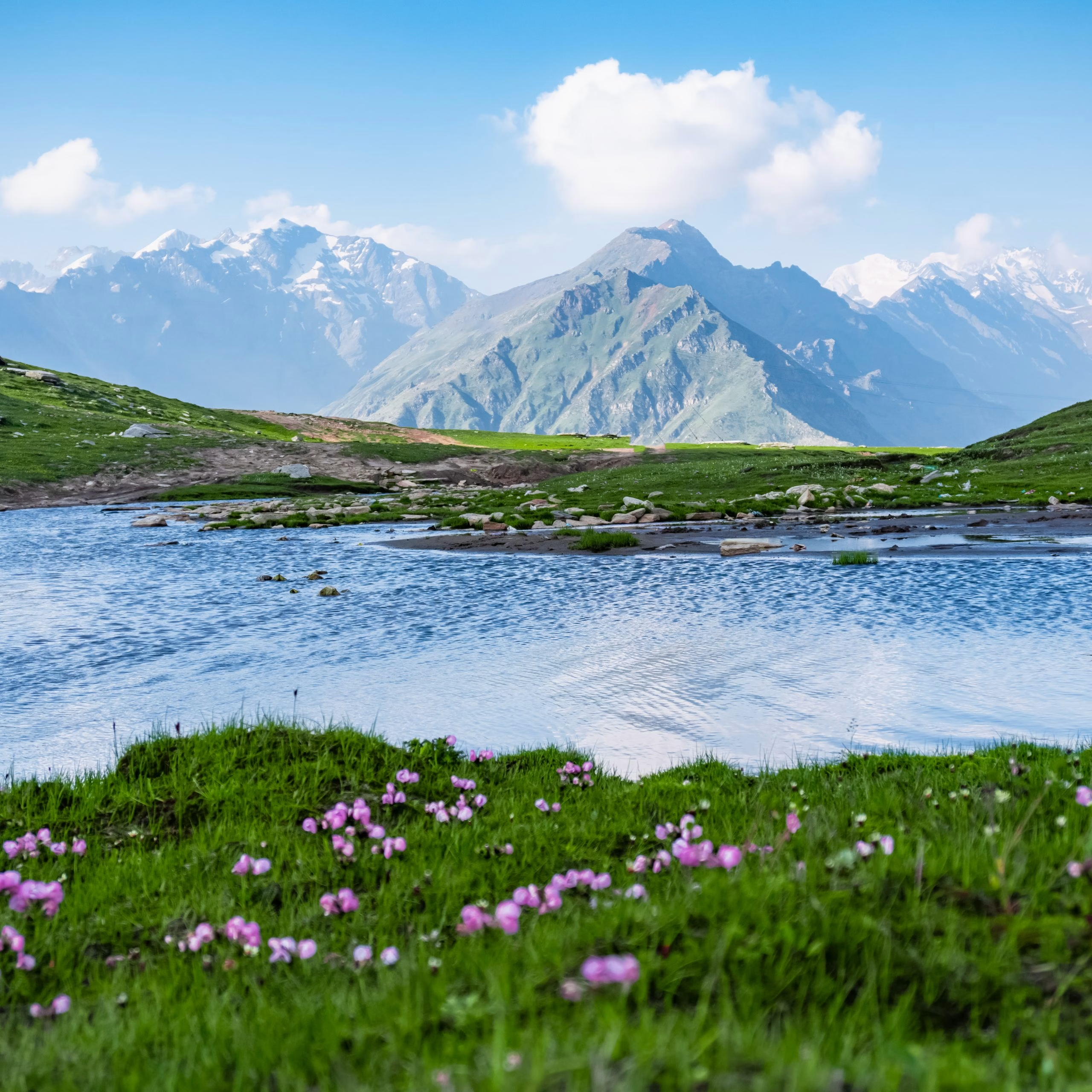
Sightseeing Time: 10:00 am to 6:00 pm After enjoying your morning tea and breakfast, you'll set off for Solang Valley. There, you'll have the chance to book various adventure activities on the spot, including ziplining, paragliding, skiing, yak riding, quad biking, etc. After a day of excitement, you'll return to your hotel in the evening to relax. Meals: Breakfast and Dinner Night: Stay at the Hotel in Manali
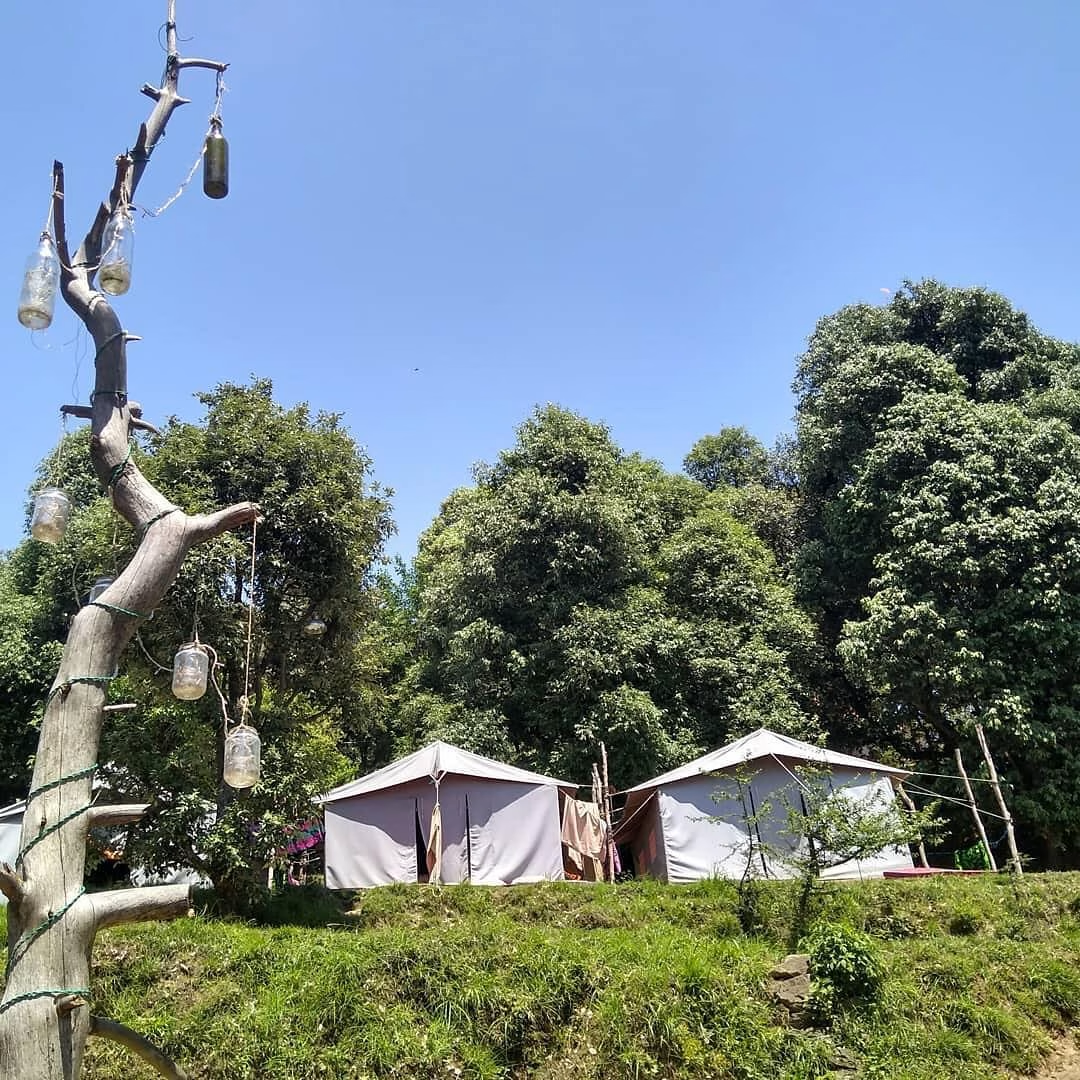
Trek Dist: 188 km | Time: 6 to 8 hrs | Altitude: 2050 m to 1525 m You’ll drive from Manali to Bir Billing, one of the world’s most renowned destinations for paragliding, nestled amidst the majestic Dhauladhar Ranges. Start your journey early in the morning to ensure you reach Bir Billing on time and make the most of the day’s adventure. Meals: Breakfast and Dinner Overnight: Stay at the hotel in Bir.
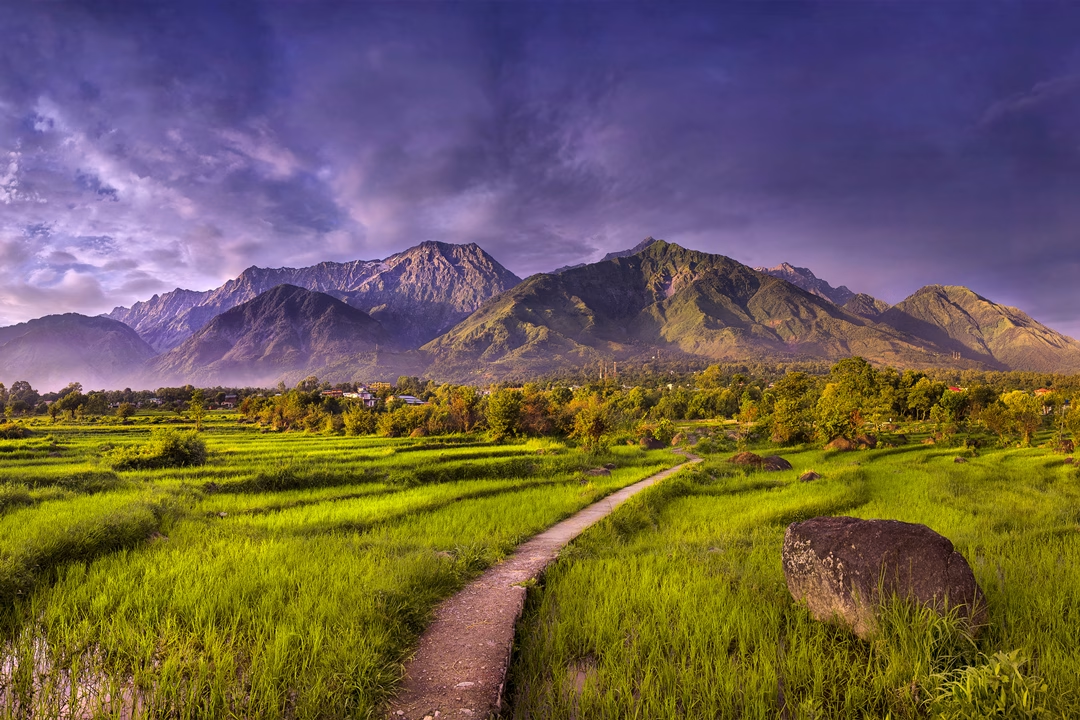
Dist: 75 km | Time 2 to 3 hrs | Altitude: 1525 m to 1500 m Wake up early to enjoy an unforgettable paragliding experience over the stunning Bir Valley. You can also opt for paragliding in Bir (activity excluded). Later, you’ll depart for Dharamshala and unwind at your hotel, taking some time to relax and rejuvenate. Meals: Breakfast and Dinner Overnight: Stay at the Hotel in Dharamshala
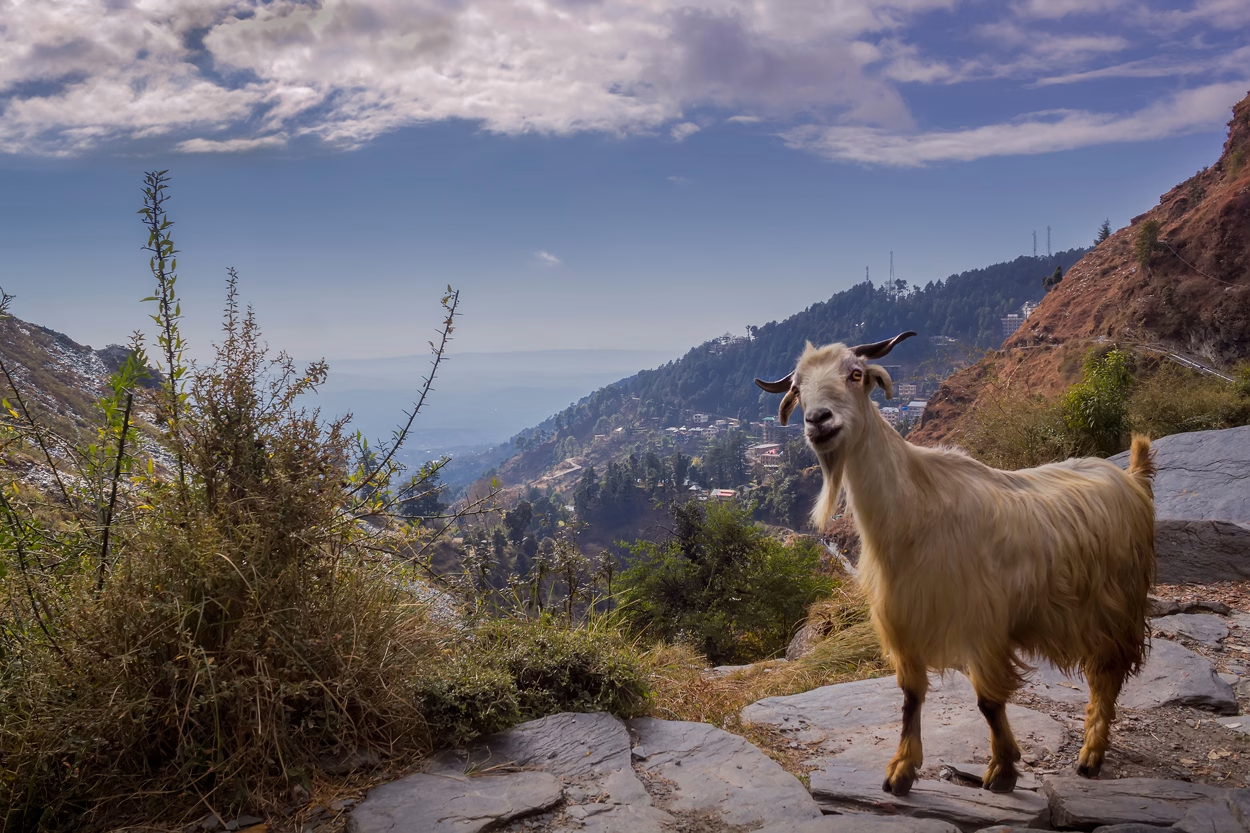
Sightseeing Time: 4 to 6 hrs After breakfast, embark on a short trek to the serene Bhagsu Waterfall. Then, take a cab to the historic Bhagsu Temple, the tranquil St. John's Church, Naddi Village, Dal Lake, the Dalai Lama Temple, and the Namgyal Monastery. Meals: Breakfast, Dinner Night: Stay at the Hotel near Dharamshala
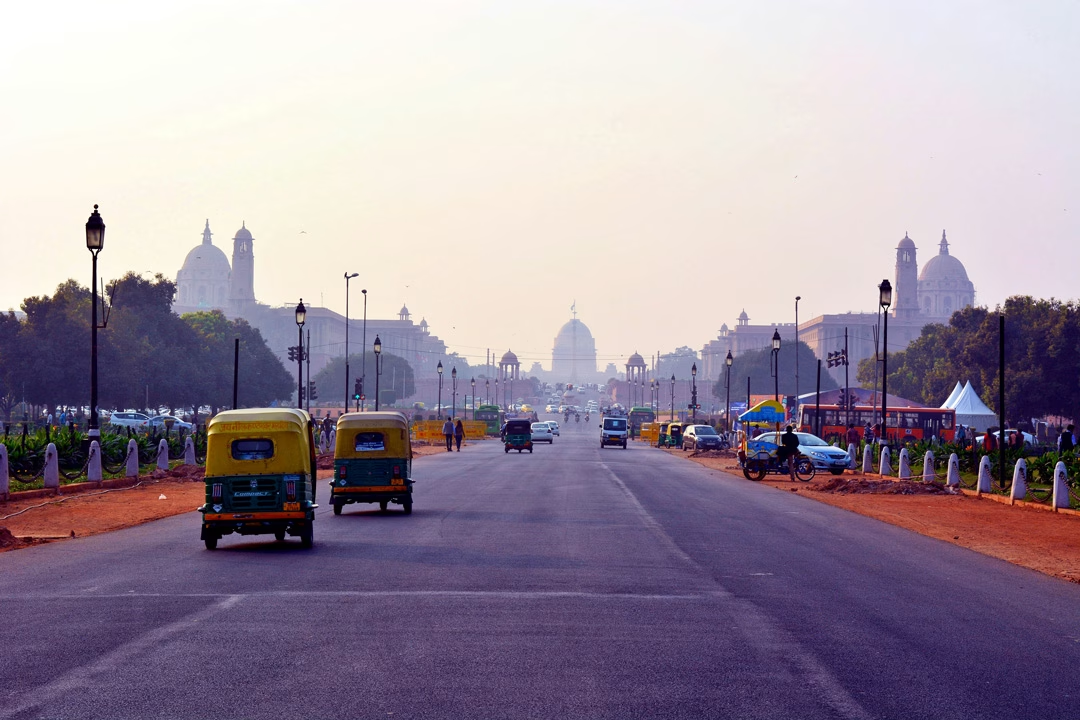
Checkout Time: 10:00 am | Sightseeing Time: 4 to 6 hrs Awake to a serene view before and drive to Dharamshala's attractions, including the lush Tea Gardens, the poignant Shaheed Samarak, and the renowned HPCA Cricket Stadium and Museum. Afterwards, the cab will drive you to Delhi overnight or drop you off in Dharamshala to board a Volvo bus. Meals: Breakfast Night: Journey by Volvo Bus or Cab
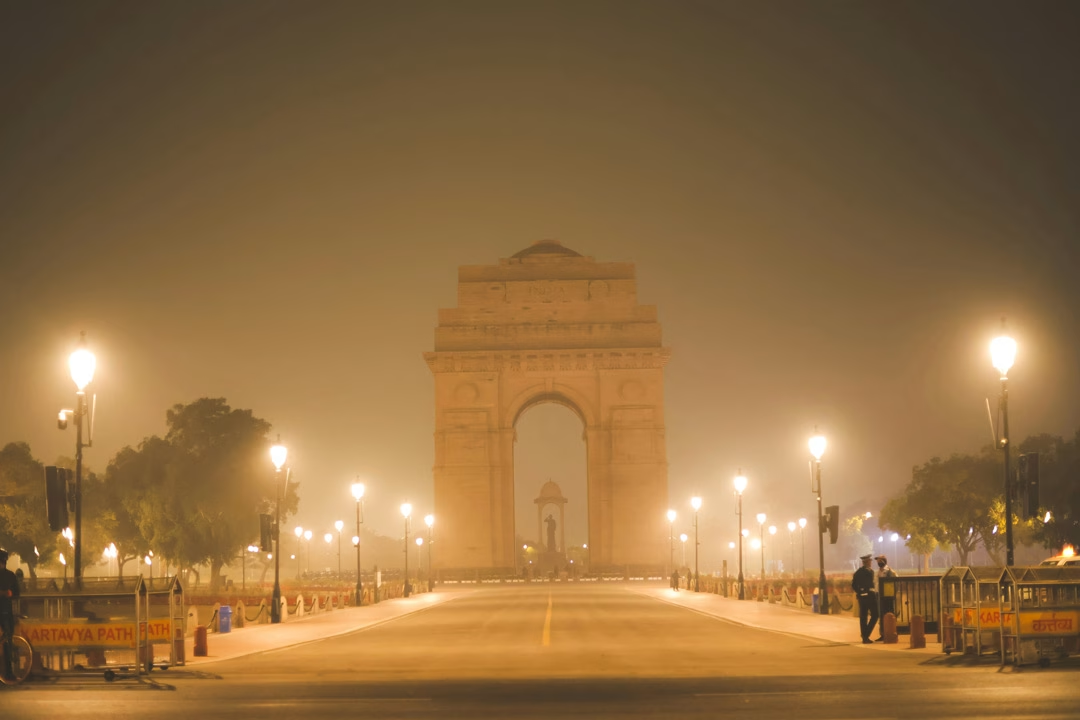
Dist: 472 km | Time: 9 to 10 hrs | Altitude: 1457m to 300 m After an overnight journey filled with scenic views and memorable moments, you will arrive in Delhi by late morning. Take some time to stretch, refresh, and relive the beautiful experiences of your trip. Though the journey ends here, the memories and stories you’ve created will stay with you forever. Meals: Nil Night: Nil
Local Sightseeing
| Location | Places to visit |
| Shimla | Jakhu Temple, Mall Road, The Ridge, Christ Church, Scandal Point, Kufri, Viceregal Lodge & Botanical Gardens |
| Manali | Mall Road, Old Manali Van Vihar, Club House, Old Manali, Solang Valley, Jogini Waterfall (small trek), Vashisth Temple |
| Bir Billing | Landing Site Bir, Palpung Sherabling Monastery. |
| Dharamshala | Naddi Hills, Bhagsu Waterfall, Dalai Lama Temple, St. John Church, Cricket Stadium, Tea Garden |
Note:
Notes:
We understand that plans can change, but the booking amount is non-refundable due to the costs we incur in preparing for your tour or activity. If you wish to reschedule for a different date, we'll adjust it to the same package, providing you with the necessary flexibility. If you have paid the total amount but cancelled the package. You will be provided with a refund as mentioned below:
Tours or activities might be cancelled due to unexpected circumstances, such as storms, heavy rainfall, sudden closures of specific areas, government restrictions or anything beyond our control. In such a scenario, we will provide an alternate tour or activity. However, no refunds will be provided.
Shimla, often called the “Queen of the Hills,” is the capital of Himachal Pradesh and one of India’s most popular hill stations. Nestled in the northwestern Himalayas, this picturesque city spans an area of 31.60 square kilometres, sitting at an average elevation of 2,398 meters above sea level. Shimla’s rich history dates back to the early 19th century, when it was a dense forest with the Jakhoo Temple as one of its few signs of civilisation. The town’s significance grew after the British defeated the Gurkhas and, attracted by its cool climate, developed Shimla as their summer retreat. By 1863, Shimla became the summer capital of British India, leading to the construction of colonial buildings, including the Town Hall and the famous Kalka-Shimla railway line, known as the “British Jewel of the Orient.” After India’s independence, Shimla continued to play a vital role as the capital of Punjab until Chandigarh was built and later as the capital of the newly formed Himachal Pradesh. The city is renowned for its colonial heritage, charming markets, and natural beauty, surrounded by pine, deodar, and oak forests, with snow-capped peaks in the background. Shimla is a hub for various outdoor activities, including trekking, rafting, skiing, and golfing at the Naldehra course, while also offering a vibrant culinary scene with local and international cuisines. The city’s accessibility from New Delhi and Chandigarh and its pleasant weather and stunning landscapes make it a favoured destination for tourists worldwide.
Manali, a renowned hill station in Himachal Pradesh, is a starting point for trekking and mountaineering adventures into Solang Valley and Rohtang Pass into the Lahaul-Spiti region. It is also the starting point for the journey to Ladakh via the Leh-Manali highway. Traditionally a Hindu town with significant shrines like the Hidimba Devi Temple and Manu Temple, Manali has also become home to a large Tibetan community, contributing to its cultural diversity. The town, named after the sage Manu, holds historical and mythological significance, with the Kullu district known as the “Valley of the Gods.” British influence introduced apple cultivation and trout, leading to the development of Manali as a tourist destination over the last few decades. Attractions in Manali include the 16th-century Hidimba Devi Temple, the Gompas, the Manu Temple, and natural sites like Rohtang Pass, Solang Valley, Vashisht’s hot springs, and Rahala Waterfalls. Adventure activities such as paragliding, trekking, skiing, and river rafting are popular here. Manali’s rich cultural heritage is reflected in its numerous festivals, including the Winter Carnival, Pipal Jatra, Dungri Mela, Navratri, and Dasara.
Bir, a picturesque village in the Kangra Valley of Himachal Pradesh, is renowned for its beauty, Tibetan culture, and meditation studies. Located about 50 kilometres southeast of Dharamshala, Bir is surrounded by vast tea gardens. He is home to a mix of residents, a Tibetan refugee settlement, and a growing international community of adventure enthusiasts and philosophy students. The nearby Bir-Billing area, just 14 kilometres north, is world-famous for paragliding, hosting India’s first World Cup in 2015. This event attracted 150 top-ranked pilots and 500 free-flying pilots, providing a global platform for local talent. Bir is also a hub for ecotourism, spiritual studies, and adventure activities such as trekking, mountain biking, angling, and camping. Established in the early 1960s after the Dalai Lama’s exile, the Tibetan Colony in Bir hosts several Buddhist monasteries and a large stupa, serving as a significant centre for the Tibetan exile community. The area is not only a gateway to the tribal regions of Himachal Pradesh, such as Bada Bhangal, but also a significant destination for both spiritual seekers and adventure travellers.
Dharamshala, a town in the Dhauladhar Range of Himachal Pradesh, India, offers a unique blend of spirituality, adventure, and cultural diversity. Divided into Lower Dharamshala, where daily life unfolds, and Upper Dharamshala, also known as McLeod Ganj, the town is a vibrant centre for Tibetan culture and Buddhism, being the residence of the 14th Dalai Lama. McLeod Ganj exudes an atmosphere with its mix of Tibetan monks and global travellers. At the same time, the surrounding Kangra Valley, known for its lush tea gardens, adds a touch of natural beauty. Dharamshala is also an adventure hub, with the Triund Trek offering breathtaking views of the Kangra Valley and the historic Kangra Fort, narrating tales of its ancient past. The Norbulingka Institute preserves Tibetan art and culture, and the town’s markets and food scene are a delightful fusion of Tibetan, Himachali, and international influences. Whether you’re searching for spiritual enlightenment, a scenic retreat, or thrilling adventures, Dharamshala promises an unforgettable experience.
Places To Visit During The Tour
The Ridge: Panoramic views of the mountains and a bustling centre in the heart of Shimla.
Mall Road: Ideal for shopping, dining, and soaking in the colonial charm.
Jakhu Temple: A Hanuman temple situated on the highest point in Shimla.
Christ Church: North India’s historic church, renowned for its exquisite architecture and tranquil ambience.
Hidimba Devi Temple: An ancient shrine dedicated to Goddess Hidimba, nestled in a dense forest.
Solang Valley: Renowned for adventure sports like paragliding, skiing, and zorbing.
Rohtang Pass: Offers stunning views of snow-capped peaks and glaciers.
Vashisht Hot Springs: Natural hot springs with medicinal properties near Vashisht Temple.
Manu Temple: Dedicated to Sage Manu, believed to be the progenitor of human life, offering a glimpse into local spiritual heritage.
Old Manali: A quaint area known for charming cafes, local culture, and scenic beauty.
Paragliding at Billing: Bir-Billing is famous for its world-class paragliding experiences.
Chokling Monastery: A significant Tibetan monastery with a large stupa and tranquil surroundings.
Tea Gardens: Lush tea estates are perfect for a peaceful stroll.
Tibetan Colony: Explore Tibetan culture through monasteries, shops, and traditional eateries.
McLeod Ganj: The 14th Dalai Lama’s residence and a vibrant Tibetan culture and spirituality hub.
Namgyal Monastery: The Dalai Lama’s monastery serves as a spiritual sanctuary.
Bhagsu Waterfall: A beautiful waterfall near Bhagsunath Temple, ideal for hiking.
Dharamshala Cricket Stadium: One of the world’s highest sports grounds, offering magnificent views and a unique cricket experience.
St. John in the Wilderness Church: A neo-Gothic church set amidst deodar forests.
Food to try in Shimla Manali Bir Dharamshala
Siddu: Steamed bread stuffed with a spiced filling, often enjoyed with ghee.
Tibetan Momos: Dumplings filled with vegetables or meat, steamed or fried.
Thukpa: Thukpa is a savoury noodle soup from Tibet in the Himalayas. It features a flavorful broth with meat, vegetables, and noodles, making it a warming and comforting dish, especially in cooler climates.
Tibetan Thukpa: A flavorful noodle soup with vegetables and meat, famous in the Tibetan community.
Lugdi: A local fermented drink made from barley or rice, enjoyed by the locals.
Tibetan Tsampa: A traditional dish made from roasted barley flour, often mixed with butter tea.
Himachali Dham: This traditional meal from Himachal Pradesh is known for its rich flavours and diverse dishes.
Patrodu or Patrode: Every local in the hills is familiar with the delicious snack called ‘Patrodu’ or ‘Patrode.’ This treat is made from Arbi leaves, taro root or eddoe. A popular tea-time choice, Patrodu is also enjoyed with roti for dinner. While searching for the
Shimla and Darjeeling each offer unique experiences, but Shimla tends to be favoured for its extensive attractions and activities. Shimla's colonial charm, diverse activities like skiing and paragliding, and proximity to other popular destinations in Himachal Pradesh give it a slight edge over Darjeeling. With its tea gardens and views of the Kanchenjunga range, Darjeeling is charming but has fewer adventure options and is more focused on scenic beauty and tranquillity.
Shimla is famous for its colonial architecture, picturesque landscapes, and enjoyable climate. It's known for attractions like the Ridge, Mall Road, Jakhu Temple, and nearby Kufri for skiing. As a historic hill station, it also offers a rich cultural heritage and beautiful views of the surrounding mountains.
In Shimla, Hindi and English are the main languages spoken. Punjabi is also commonly used; the residents speak various native Pahari dialects.
Shimla offers unique shopping experiences with Lakkar Bazaar's wooden crafts, Tibetan Market's imported goods, and the Mall's Himachali shawls and handicrafts. Lower Bazaar is ideal for everyday items.
During peak season (March to June), Manali can be crowded with families and honeymooners. Due to frequent rains, it’s less crowded during the off-season (July to August), but it offers discounts. The town has average crowds from September to February, with snow and colder temperatures ideal for skiing.
Shimla is better for those who enjoy colonial charm and a laid-back atmosphere, while Manali is ideal for adventure sports and natural beauty. Both offer unique experiences and are worth visiting.
Manali is often preferred over Darjeeling for its diverse adventure sports, including paragliding, skiing, and trekking. It offers stunning landscapes, from snow-capped peaks to lush valleys, and has a wide range of activities for all types of travellers. While Darjeeling is known for its colonial charm and tea gardens, Manali's appeal lies in its vibrant outdoor adventures and beautiful natural scenery.
No, Bir is not in Dharamshala. It is a separate town located about 50 kilometres southeast of Dharamshala, roughly a two to three-hour drive away.
Paragliding in Manali costs between ₹1,000 and ₹4,000, depending on your selected package.
The nearest airport to Bir Billing is Kangra Airport, about 68 km away.
For paragliding enthusiasts, October to November and March to June offer the best conditions. The monsoon season (July to September) is less favourable due to wet and slippery conditions, making paragliding and hiking dangerous.
Yes, the roads from Delhi to Bir are well connected. The journey typically involves travelling via NH 44 and NH 154, covering a distance of around 463 kilometres.
Yes, 2 days is generally sufficient to explore the main attractions of Dharamshala. However, extending your stay would be beneficial if you plan to trek or engage in other activities.
Yes, Dharamshala is worth visiting. It offers stunning natural beauty with snow-capped peaks and lush deodar forests and holds spiritual significance as a centre for Buddhism. The town also boasts a vibrant culture and delicious food. It's well-connected and accessible, making it a convenient destination.
Dharamshala and Manali each offer unique experiences. Dharamshala is known for its Tibetan culture, spiritual atmosphere, and scenic Dhauladhar mountain views. It's ideal for those interested in Buddhism and tranquillity. Manali, in contrast, is famous for adventure sports like skiing and paragliding, along with a vibrant market scene and lively atmosphere. It’s better for travellers seeking adventure and bustling activity. The choice depends on whether one prefers spiritual serenity or adventure.
Both McLeod Ganj and Dharamshala have their charm. McLeod Ganj, known for its Tibetan culture and spiritual vibe, attracts many visitors for its vibrant atmosphere and proximity to the Dalai Lama's residence. Dharamshala offers a more traditional and diverse experience with its urban and rural settings. However, most people choose McLeod Ganj for its unique cultural and spiritual appeal.
The ideal time to visit Dharamshala is between mid-February and mid-July. The weather is pleasant during these months, with temperatures ranging from 21 to 34°C, making it ideal for outdoor activities. The spring and summer months offer clear skies and comfortable temperatures. Winter (October to February) can be cold with snow, while the monsoon season (July to September) brings heavy rainfall and lush greenery but may cause travel disruptions.
Leave a review